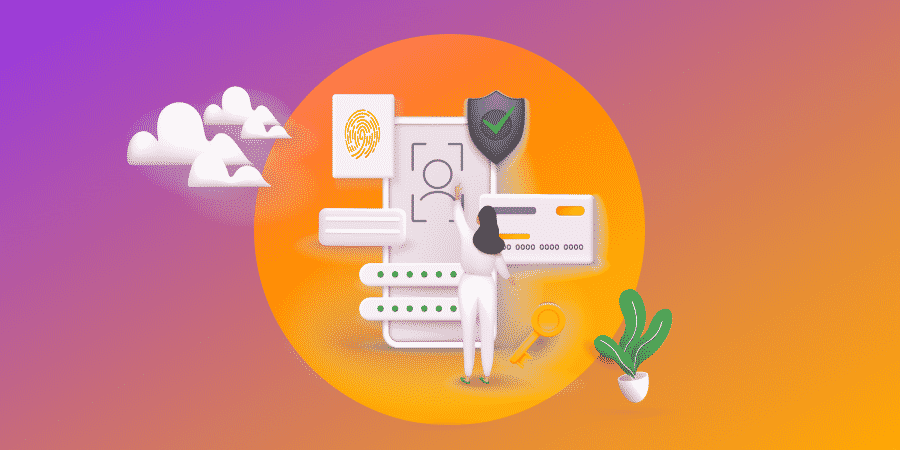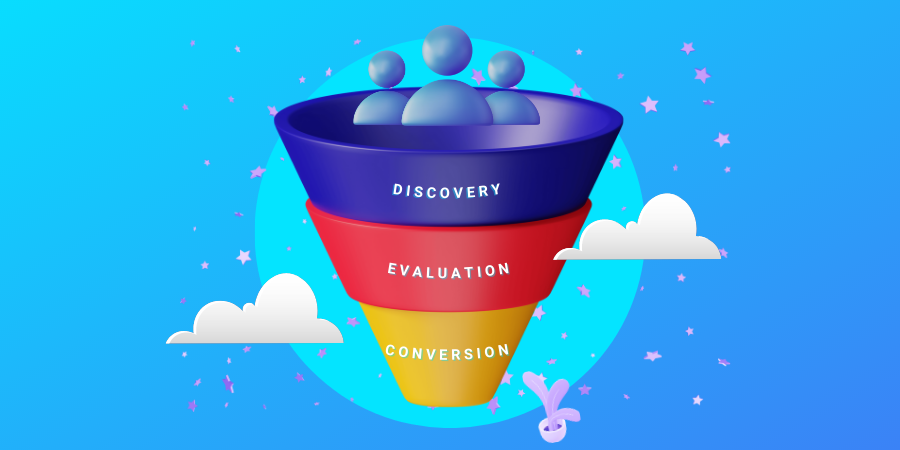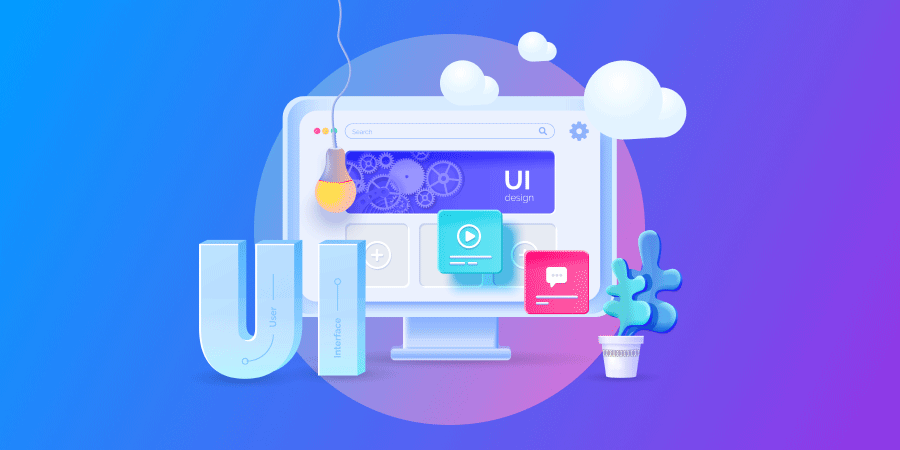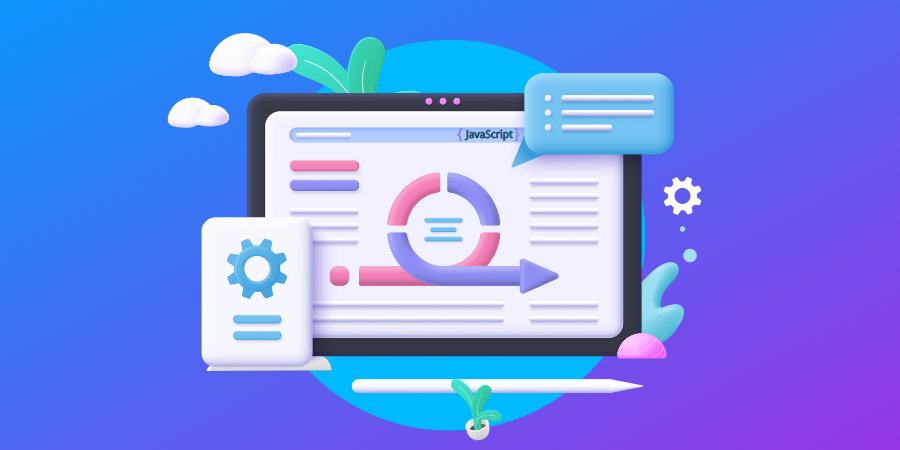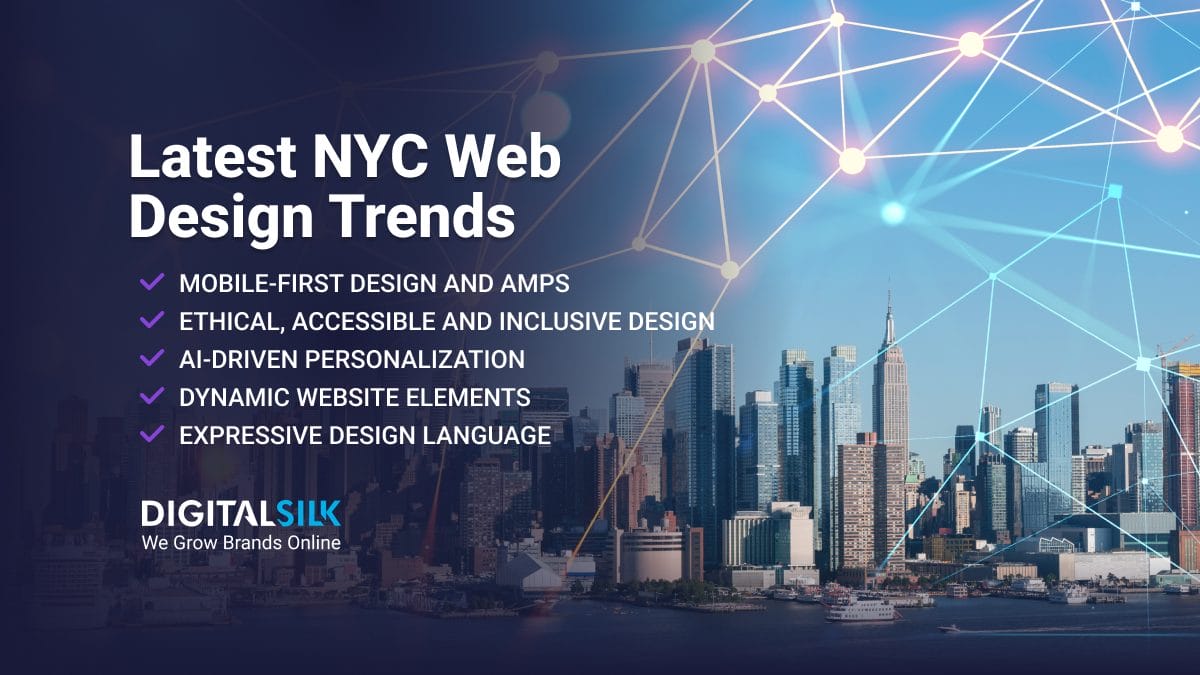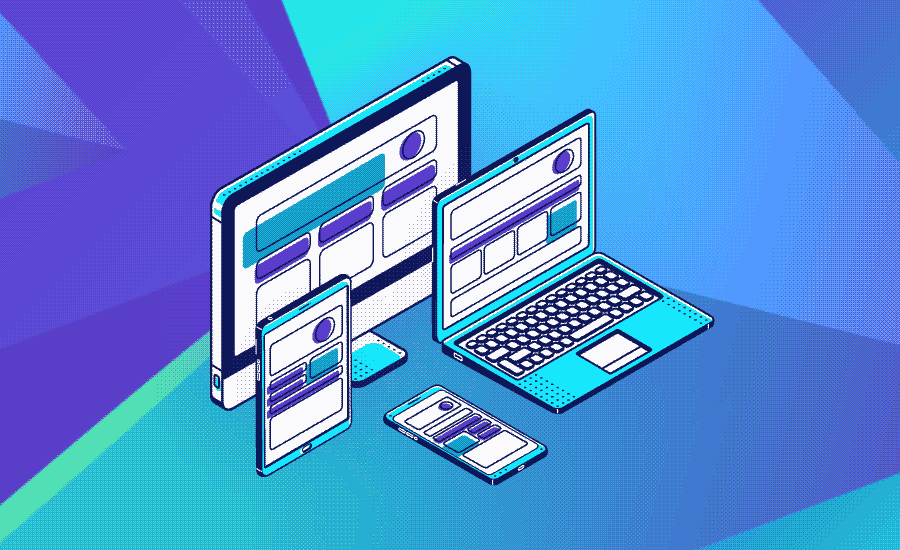Today’s content marketers are facing two big challenges.
The first: user expectations are rising as digital content becomes more sophisticated. This creates the challenge of needing to stand out by making responsive, interactive content.
The second: new channels and devices are constantly appearing on the market. This creates the challenge of being able to effectively deliver the content to all necessary platforms.
So, what’s the solution to both problems?
Headless CMS.
This article will investigate how headless content management systems make it possible for marketers to quickly deliver consistent, future-proof content to all channels.
We will also explore the main advantages and disadvantages and dive into the best headless CMS on the market.
Let’s get started.
Digital Silk develops custom sites. Request a quote
What Is Headless CMS?
Headless CMS is a backend only content management system that provides content as data over an application programming interface, instead of coupling the content to a particular output like the traditional CMS.
The term “head” relates to where the content appears (the frontend), while the “body” is the location where the content is stored (the backend).
“Headless,” therefore, means removing the frontend from the backend.
This type of CMS is built from the ground up as API-first, instead of a monolith CMS with APIs added later. It keeps the content-adding interface and the API delivers the content where a user needs it.
The main focus of headless CMS is storing and delivering structured content, regardless of where and how the content is displayed.
How Does A Headless Content Management System Work?
The concept of headless CMS was born out of business needs to engage customers with personalized content via multiple channels at all stages of the user journey — check out our blog on how to optimize your site’s user journey.
Headless CMS content is displayed on numerous devices and channels such as a website, IoT, smartwatches, smartphones and tablets.
Traditional CMS combines the content and presentation frontend of a website, while headless CMS stores the content in its pure format and provides access to other components through APIs.
As it is mainly a content component, this content management system focuses on:
- The content creators’ administrative interface
- Organization of content into different taxonomies
- Facilitation of workflow and collaboration
In a nutshell, a headless CMS provides:
- An interface for managing content to editors
- Content for developers to build applications with, via APIs
Because headless content management systems are mostly SaaS, editors need to log into the web application while APIs are hosted in a cloud-based backend. However, some headless CMS platforms let users host them on their own servers.
Some of the main features and components of a headless CMS include:
- RESTful API
- Multi-channel publishing
- Editor interface
- Workflows
- Roles and permissions
- Content modelling
- Asset library
- Content types and taxonomy
- Localization
- Visitor segmentation
- Personalization
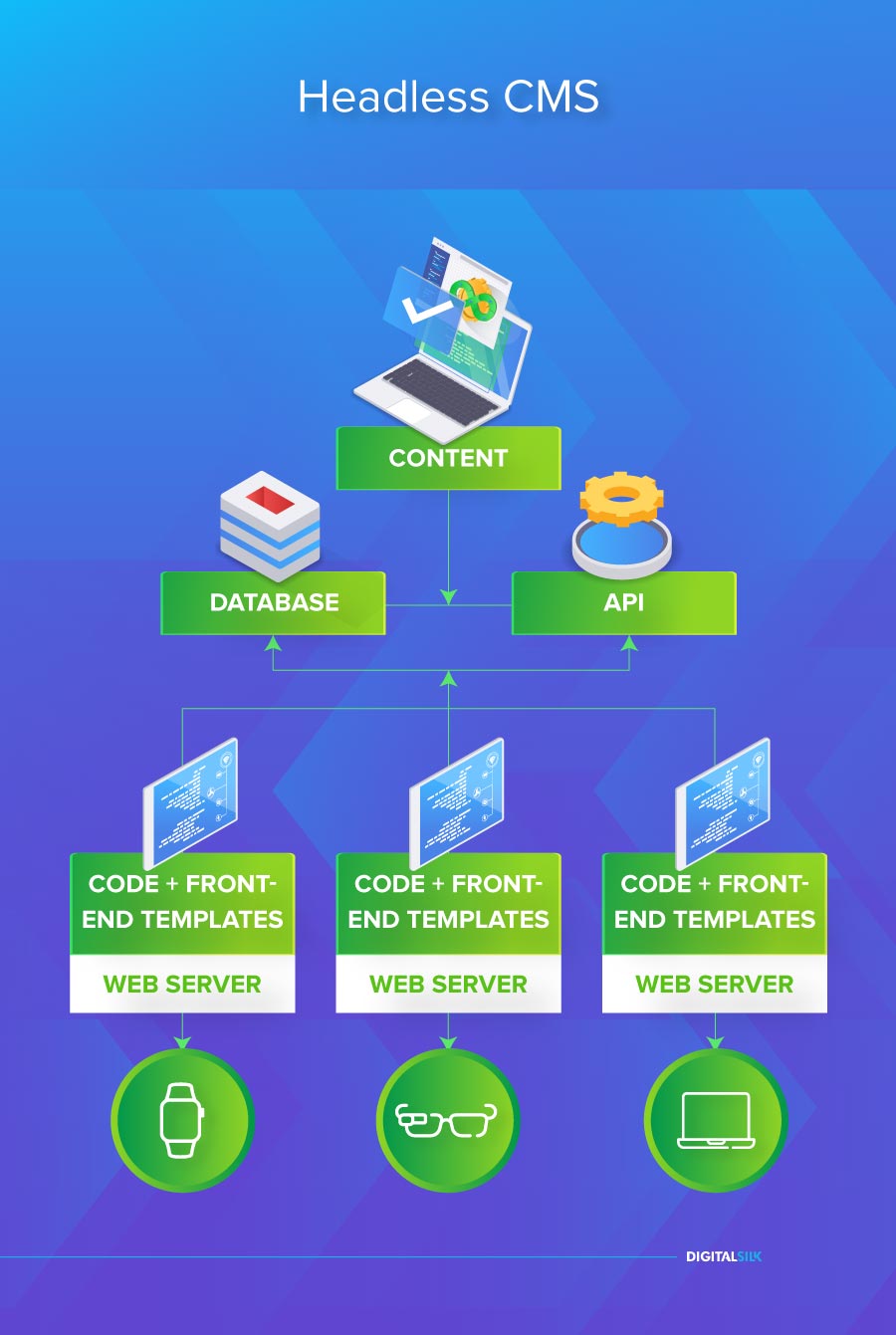
What Are The Advantages Of Headless CMS?
Since it is extremely publishing-oriented compared to traditional CMS, a typical headless content management system does come with its own benefits, such as:
- Multi-channel content: The headless CMS content is not limited to a single presentation channel – with it, users can manage the same content across multiple channels such as websites, apps and wearables.
- Better flexibility: Content creators and developers can work simultaneously because headless content is served over APIs. Developers can choose their own tools for the frontend and move from one framework to another.
- Improved scaling: Headless CMS enables editing from a single source, while CMS and frontend can use different technology stacks.
- Faster editing: Unlike traditional CMS that spends resources on content editing and rendering, headless CMS doesn’t need to render because it provides your content over an API.
- System security: Headless content presents a much less vulnerable area of potential attack because it is separate from the frontend.
A headless content management system is useful for developers, users and marketers for these reasons:
- Website developers do not have to feel the limitations of backend’s programming and can build the look, the feel and the functionality themselves by using tools they already are familiar with, then push the content from anywhere, using the APIs. Check out our blog if you’re wondering about the key differences of a web designer vs. web developer.
- Users get to enjoy the fast, consistent and responsive user experience because the client side simply renders content and doesn’t communicate with the backend system.
- Marketers can create content once and have it displayed on any channel they want, which means they can focus on creating quality and cohesive content.
What Are The Disadvantages Of Headless CMS?
Headless content management systems also come with certain downsides when compared to traditional CMS.
The most notable disadvantages are:
- Formatting challenges: A team using a headless CMS would have to expand its knowledge vastly to adapt to managing multiple systems.
- No channel-specific support: Developers may need to create website navigation and other functionalities themselves because headless CMS do not have the presentation frontend.
- Different content organization: Content editors may need to adapt to the specific content organization on the website or other channels, because these systems do not provide concepts such as sitemaps and pages.
- Cost of development and maintenance: Since headless CMS doesn’t have a frontend, a development team would need to devote hours to developing it, which can be costly and timely.
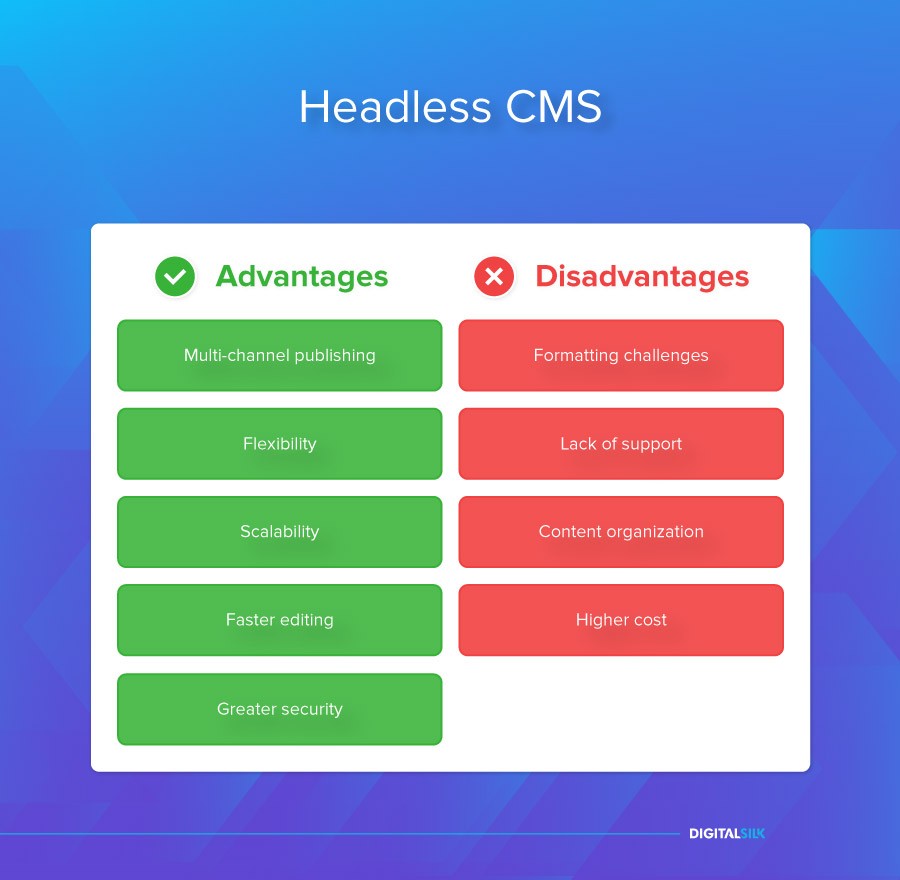
4 Headless CMS Use Cases: When To Use Headless Content Management Systems
So when is the best time to use headless CMS?
It is advisable to use this type of content management system if your work requirements reflect the following use cases:
1. You’re Considering Developing A Frontend For Your Website
If you want to build a frontend part of your website using modern JavaScript frameworks, such as AngularJS, ReactJS or VueJS, you should consider using headless CMS.
This is because the API that’s used to deliver content from the CMS to the frontend part works very well with modern JavaScript frameworks.
2. You Need To Publish The Same Content Across Multiple Channels
Headless CMS is the best choice for creating a single piece of multi-purpose content that you wish to display on multiple different channels and devices.
From a content management standpoint, you don’t need to create a single page of content in various backend/admin panels in order for it to appear on multiple channels. Creating one page of content in headless CMS is enough.
3. Content Creation Is Your Main Focus
For large content teams that have deadlines to meet on a daily basis, headless CMS is an optimal choice because it facilitates content creation, management and editing.
The content that is stored in headless CMS is easier to manage and integrate with other systems than a conventional CMS, because headless CMS is really an API.
Connecting headless CMS to any frontend platform is very straightforward and a content team has more options with this process, compared to the limits of traditional CMS’s built-in extensions.
4. Security Is Your Top Priority
Headless CMS is more secure than a typical traditional CMS because the API that provides content is most often read-only.
The API can also be placed behind one or more layers of code, such as an application layer or a security layer, making it even less vulnerable to an attack.
The administration portion of a headless CMS is likely on a different server and a different domain, which also helps protect it from hackers.
As we’ve said in the “Advantages” section, headless content is less likely to fall prey to malicious cyberattacks because it’s separated from the presentation layer as it’s located on a different server and a different domain.
When it comes to specific channels, headless CMS is particularly useful in these instances:
- Websites and Web Apps: Headless CMS works well with static site generators and can be used for web apps, since they are popular with modern JavaScript frameworks that make them.
- eCommerce: The flexibility of headless CMS makes it a viable candidate for eCommerce admin panels. Headless content can be integrated with existing eCommerce platforms and product inventory management systems.
- Products and services: Since headless CMS isn’t geared toward a page-based content structure, you can manage content for any product or service easily from the same place.
5 Best Headless CMS On The Market
In this section, we’ll take a look at the top five headless content management systems that can serve as a great asset to any content-oriented business that needs to deliver results quickly and without error.
1. KenticoKontent
KenticoKontent headless CMS is the ideal choice for marketers that produce content continuously and in large quantities.
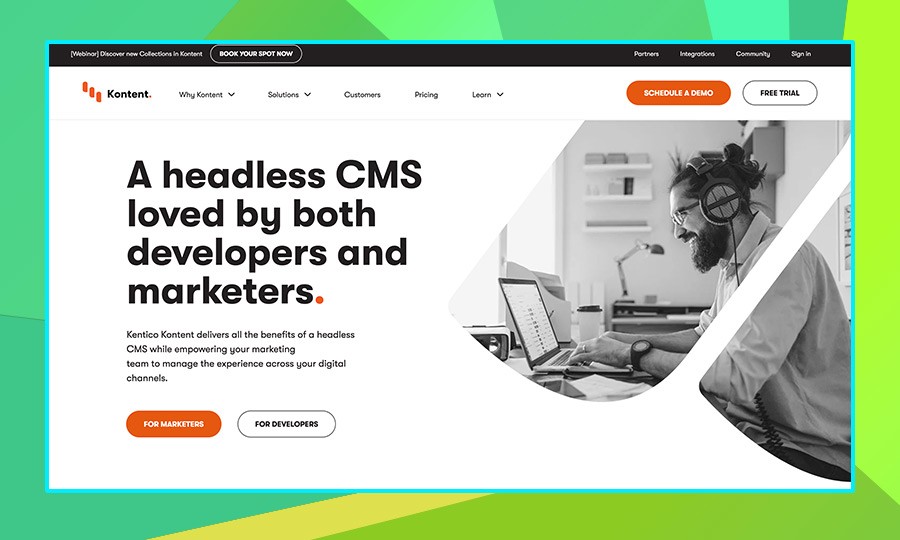
It’s a SaaS platform that empowers marketers with extensive content operation features.
Kentico simplifies quality content production by not requiring involvement by developers so they can focus on creating engaging multi-channel content experiences.
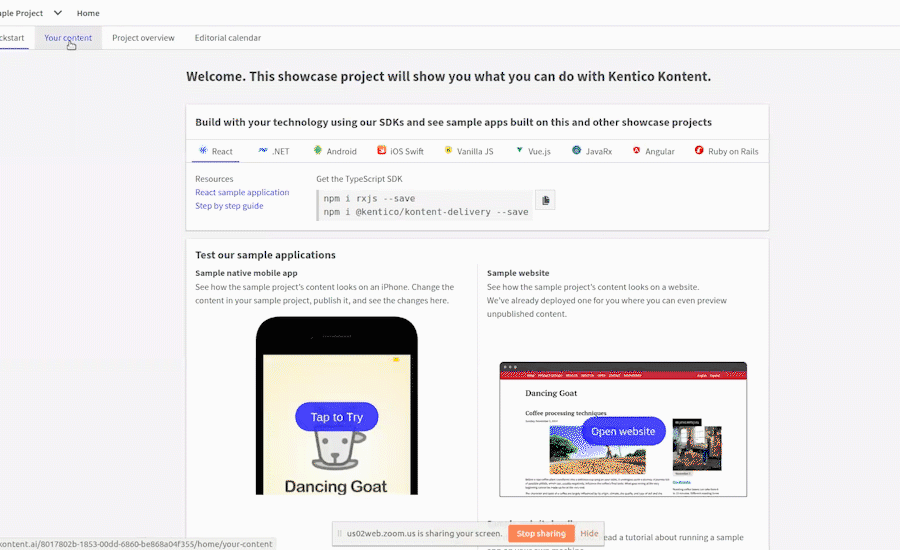
Main features:
- Cloud-based content hub for team collaboration
- Analyzing and keeping track of the user experience
- Content rendering in pages via fast API
Advantages:
- User-friendly
- A very high-end interface
Disadvantages:
- Very pricy
2. Contentful
This next-gen headless content platform builds scalable digital experiences by unifying content in a single hub, integrating it with other tools and structuring it for use in any channel.
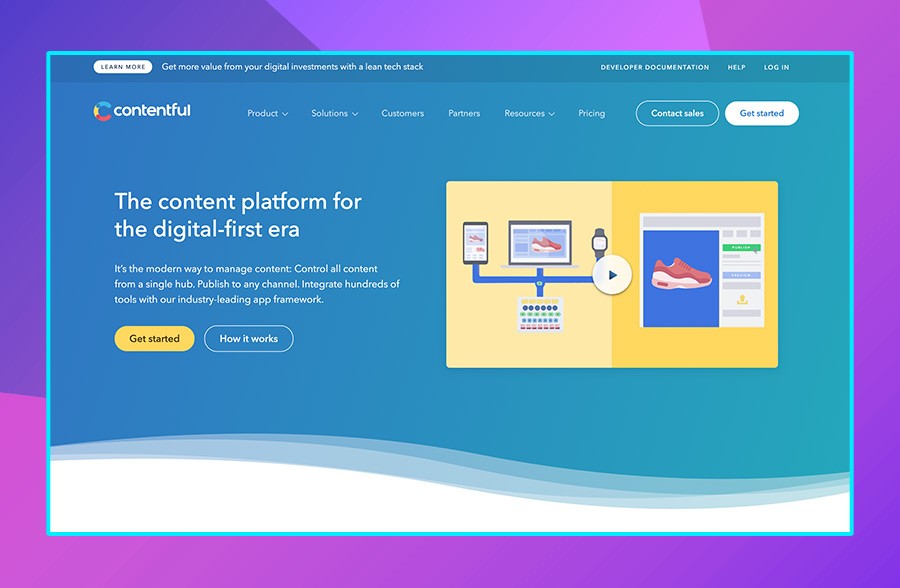
Marketers and developers can focus on the content and backend as its RESTful API development kits can be used for all programming languages.
Thanks to its quick creation of data entries, Contentful is a welcome solution for rookie headless CMS users.
Main features:
- Developers can use their preferred frameworks
- Content creators have instant access to all new features
- Contentful tolerates mistakes owing to its to write-and-read API
Advantages:
- Very affordable for small and medium businesses
- Edit content anytime, anywhere through any device thanks to one content infrastructure
- Can be integrated with multiple services
Disadvantages:
- Developers are fully responsible for Contentful’s functionality
- Content-modeling and search-based management are important to acquire a good workflow
3. Magnolia
A headless CMS for modular digital platforms, Magnolia has capacities for high performance and scalability, in-context editing, personalization, flexible integration and general ease of use.
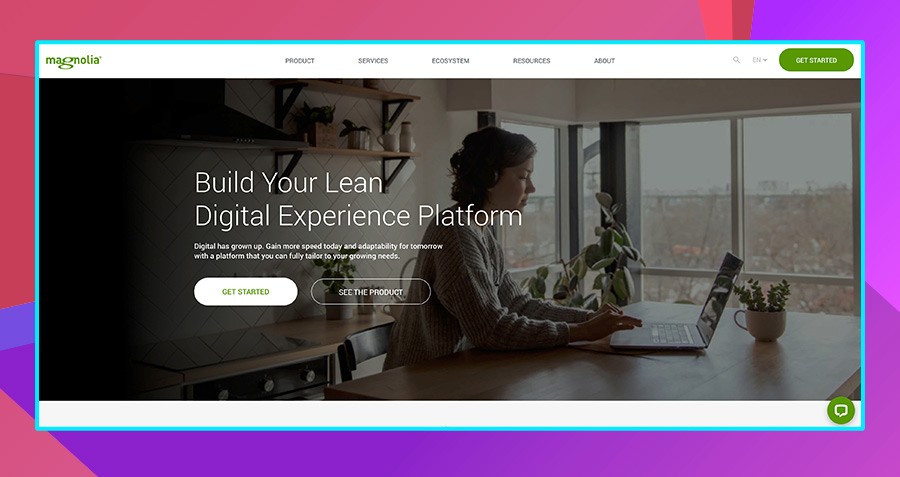
Users can connect data from any source and manage content that they can publish to any device. Developers can choose what systems to integrate via REST API, boosting flexibility and saving costs.
Main features:
- Connectors for marketing automation, analytics, commerce and more
- Natively accessible content and data from outside systems
- Editable Single Page Applications in context through the Visual SPA Editor
Advantages:
- Editors can work and make content changes independently of developers
- No loss of preview, personalization and in-context editing
Disadvantages:
- Native Digital Asset Management has only rudimentary capacities
- Requires a lot of developer resources for implementation
4. Butter CMS
This CMS platform integrates apps with API very quickly and allows the transfer of data from traditional content management systems.
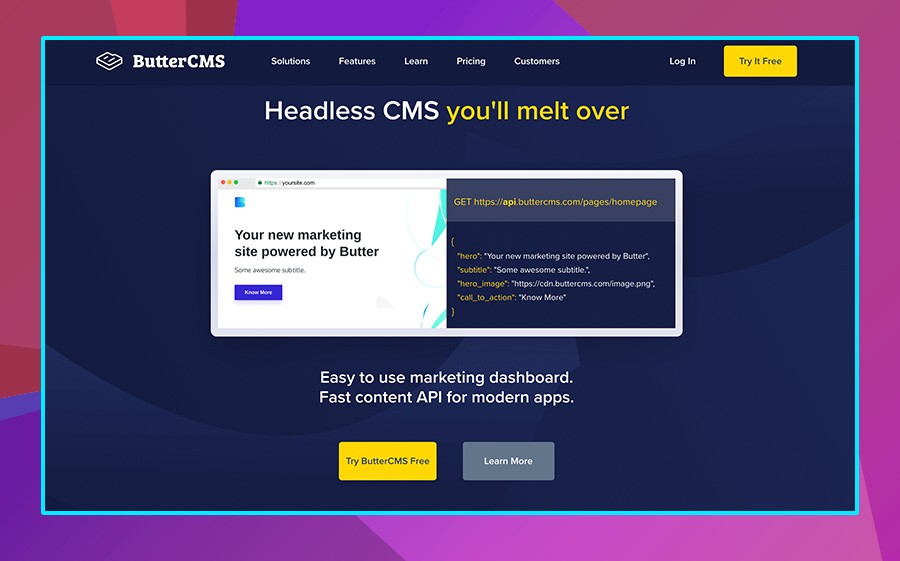
Butter CMS delivers headless CMS and a blog engine as its two main products.
Main features:
- Requires very little maintenance, if any
- Hosting, upgrades, security and performance are no issue
- Powerful admin interface
- Very fast
Advantages:
- Marketers can boost their page views thanks to CMS’s SEO capabilities
- Quick installation and integration
- Client libraries can be integrated with any framework
Disadvantages:
- User interface has certain weaknesses and bugs
- Doesn’t have a big library of template
5. Strapi
Strapi is an open-source CMS based on NodeJS that allows developers to create a functioning API in an instant. This fully customizable API makes all the necessary data available.
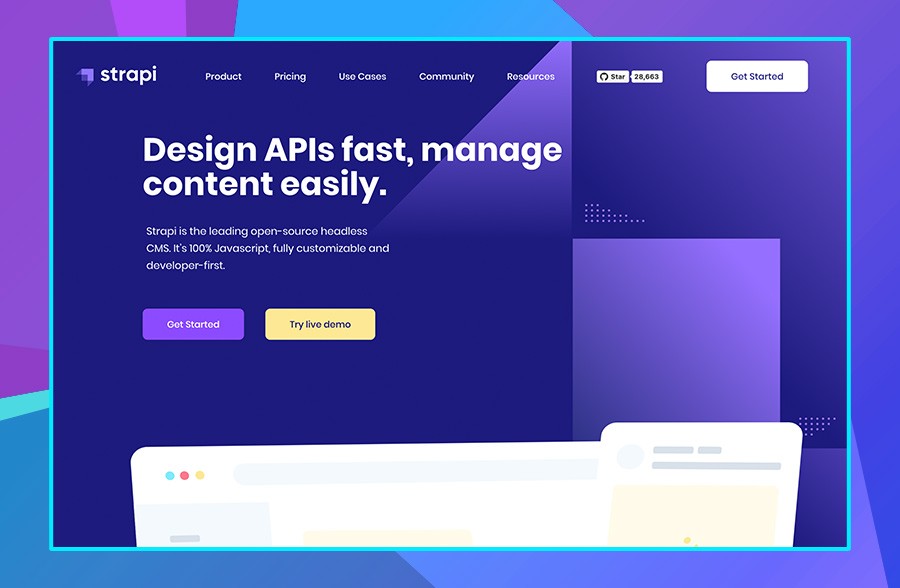
This is a transparent platform with a well-balanced CMS, framework and automation to accelerate backend development.
Main features:
- Fully customizable admin panel
- Can be integrated with any framework
- Has lots of plugins at users’ disposal
Advantages:
- Allows users to create, read, update and delete data
- Easy user session and application management
Disadvantages:
- Drag and drop functionalities are sometimes glitchy
Takeaways On Headless CMS
Headless content management systems are not limited to a single website. They can deliver content directly through an API to the channels you want the content to appear on.
They are usable on any platform and system and can adapt and integrate with a development team’s preferred frameworks.
At Digital Silk, we offer web development services that include headless CMS. The key benefits of headless CMS include developer flexibility, scalability, fast editing, better security and multi-channel content creation.
"*" indicates required fields




